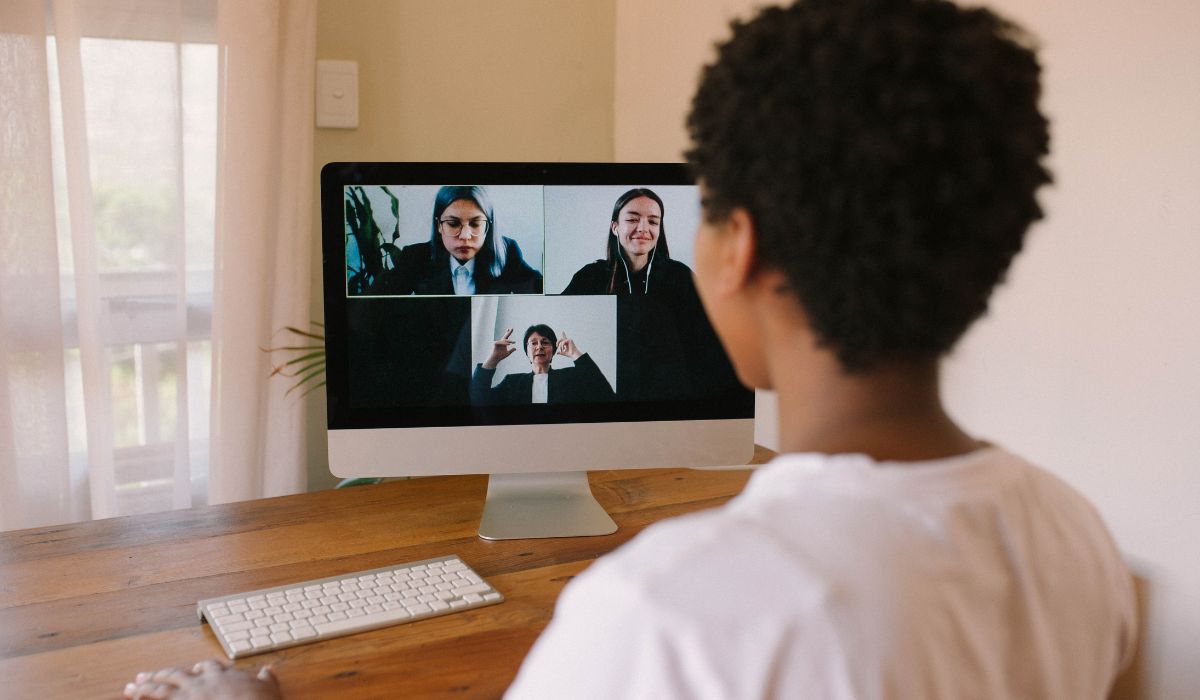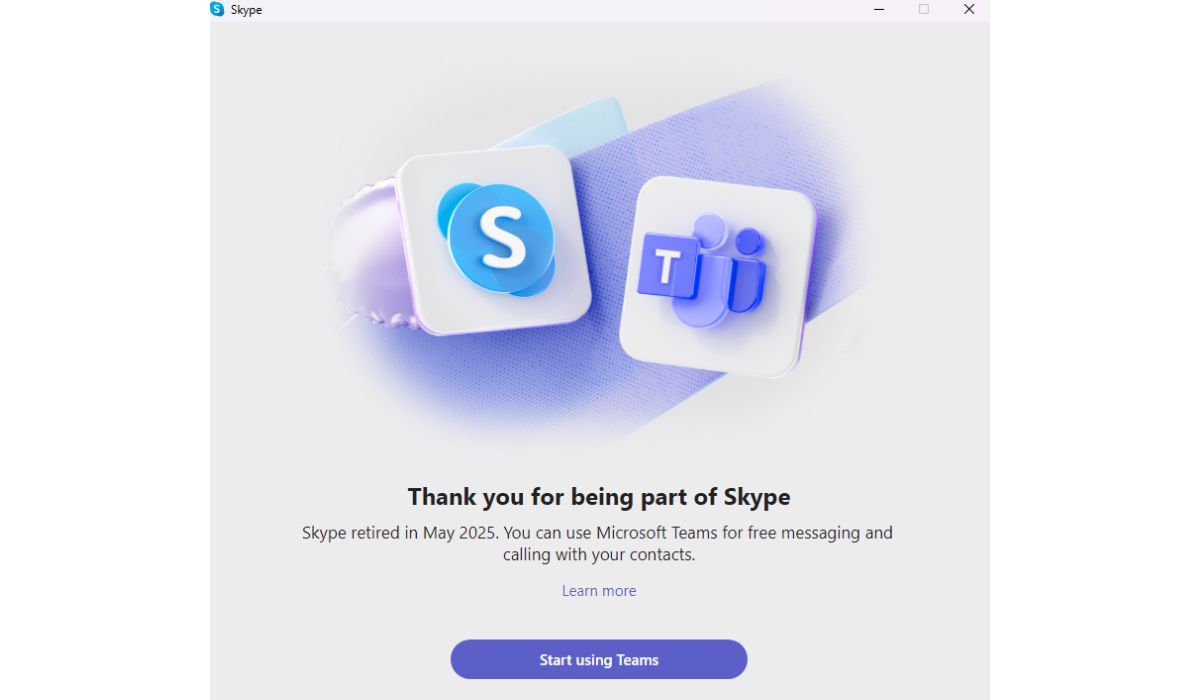Skype, once the go-to app for voice and video calls, officially shut down on May 5, 2025. For many users, it marked the end of an era. On May 6, the platform’s official social media post confirmed the farewell, thanking users for connecting with friends, family, and coworkers around the world.
Microsoft had already announced the decision back on February 28, stating that the retirement of Skype was part of a larger plan to streamline its communication tools and focus on Microsoft Teams as the primary platform going forward.
This article explains why Skype was discontinued, what led to its decline, and where users went next.
A Quick History of Skype
Skype launched in 2003 and quickly became one of the most used tools for online communication. It introduced free internet voice calls at a time when international phone calls were expensive. People across the world relied on Skype to connect.
Microsoft acquired Skype in 2011. It replaced Windows Live Messenger and was later integrated into Outlook, Xbox, and Windows. For years, Skype was synonymous with video calling.
But over time, the platform fell behind.
Why Microsoft Shut Skype Down?

The decision wasn’t sudden. Microsoft had been shifting focus toward Microsoft Teams since 2017. Teams offered more features for work and group communication, including built-in file sharing, channel-based messaging, calendar tools, and Microsoft 365 integration.
Skype’s shutdown on May 5 affected both free and paid users, marking a full exit for the platform. However, Skype for Business Online remained temporarily available for companies still transitioning to Teams.
Main Reasons Skype Was Retired
Skype’s popularity faded over time due to several factors:
- Frequent bugs and interface issues
- Delayed feature updates and lack of innovation
- A confusing user experience after multiple redesigns
- Strong competition from Zoom, WhatsApp, FaceTime, and Google Meet
- Microsoft’s full shift to Teams for personal and business users
Skype had once been simple and effective, but it could no longer keep up with the fast-changing demands of modern communication.
Official Goodbye and What Microsoft Said
On May 6, Skype’s official X (formerly Twitter) account shared this message:
“As we say goodbye to Skype, we want to thank our incredible community. Over the years, you’ve connected with family, friends, and colleagues across the world. This isn’t the end—it’s a new beginning. Join us on Microsoft Teams Free and continue making great memories.”
That message made it clear: Skype was no longer part of Microsoft’s future.
What Replaced Skype?

Skype’s gap was filled by tools that offered faster, smoother, and more integrated communication experiences:
- Microsoft Teams – The official replacement from Microsoft
- Zoom – Widely used for meetings and webinars
- WhatsApp – Popular for quick calls and chats
- Google Meet – Tied to Gmail and easy to use
- FaceTime – Used across Apple devices
- Discord – Gained traction for voice chat and communities
Each tool offered features that Skype struggled to keep up with.
Final Thoughts
As of today June 16, 2025, Skype is no longer active. It served millions over two decades and changed how people stayed connected. But Microsoft moved on, and so did the users.
Skype didn’t fail overnight. It faded slowly as better tools took its place. Now, its story is complete—and its space is filled by faster, simpler apps built for today’s world.
Were you a long-time Skype user? Share your thoughts or memories below—and let others know which app you’ve moved to now.
